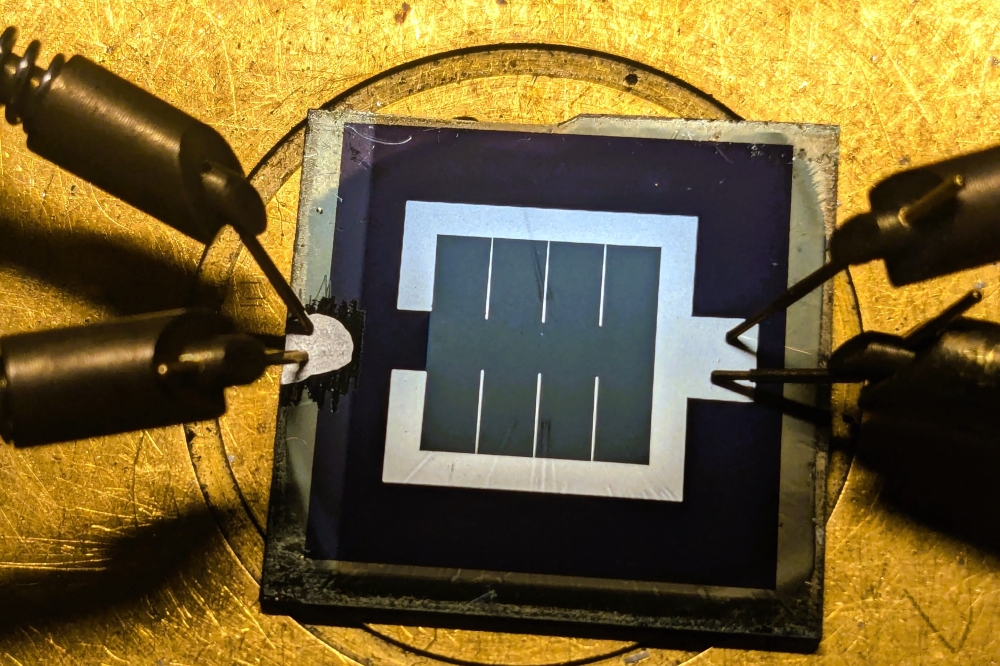Lockheed Martin wins US Defence Radar contract
![]()
The US Missile Defense Agency (MDA) has awarded a team, led by Lockheed Martin, a contract to develop, build and test the Long Range Discrimination Radar (LRDR). The GaN-based radar system will support a layered ballistic missile defence strategy to protect the US homeland from ballistic missile attacks.
The nine-year contract, with options, will have the potential contract value of approximately $784 million. Work on the contract will be primarily performed in New Jersey, Alaska, Alabama, Florida, and New York.
LRDR is a high-powered S-Band radar incorporating solid-state GaN components and will be capable of discriminating threats at extreme distances. LRDR is a key component of the MDA's Ballistic Missile Defense System (BMDS) that will provide acquisition, tracking, and discrimination data to enable separate defense systems to lock on and engage ballistic missile threats, a capability that stems from Lockheed Martin's decades of experience in creating ballistic missile defense systems for the US and allied governments.
This MDA selection builds upon the US government's long-term investment in S-Band radar, ground-based radar, and systems integration, as evident in such Lockheed Martin technologies as the Aegis Combat System, Space Fence, and Aegis Ashore. Since 2012, Lockheed Martin has offered solid state ground-based S-Band radar using an Open GaN Foundry model based on relationships with strategic suppliers.
"Our mature, scalable, GaN-based S-Band technology was ideally suited for this high performance ballistic missile defense application," said Carl Bannar, vice president of Lockheed Martin's Integrated Warfare Systems and Sensors business. "LRDR represents the latest evolution in ground-based radar and ballistic missile defense."
When constructed, LRDR will consist of a solid-state, active electronically-scanned antenna, and the facility to house and operate this radar antenna. Lockheed Martin's proposed LRDR system will be built on an aggressive timeline ready for operational testing in Clear Air Force Station, Alaska by 2020.
Lockheed Martin has developed a team of corporate partners to meet the challenges of the LRDR program, including deciBel research (Huntsville, AL), AMEC (Alpharetta, GA), ASRC Federal (Barrow, AK), IERUS Technologies (Huntsville, AL), PENTA Research (Huntsville, AL), and Davidson Technologies (Huntsville, AL).


































